Beginner’s Guide to Neck Hair Removal Techniques and Choices
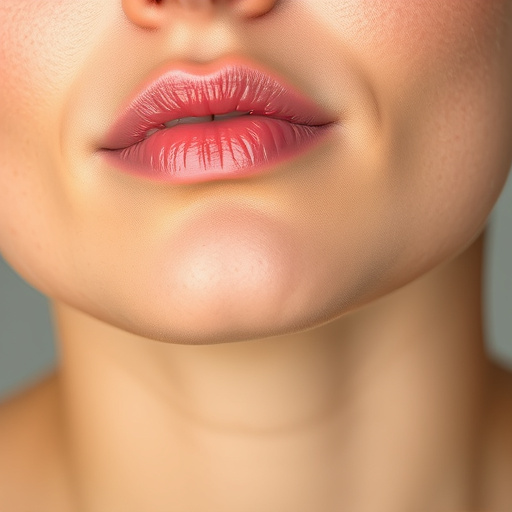
Neck hair growth is natural but some opt for removal for personal or professional reasons. Various m…….
In an era where personal grooming standards are ever-evolving, the topic of neck hair removal has emerged as a significant aspect of aesthetic self-care. This article aims to dissect and explore the multifaceted world of neck hair removal—its methods, impact, and implications on global trends, economies, technologies, and policies. By delving into these aspects, we will uncover the relevance and significance of this practice in today’s society.
Definition: Neck hair removal refers to the process of eliminating or reducing hair growth on the neck area, encompassing both aesthetic and practical considerations. It involves various techniques aimed at achieving a smooth, hair-free neck, catering to personal preferences and cultural norms.
Core Components: The primary focus is on the removal of neck hair, which can be achieved through several means:
Shaving: A popular method involving using razors or electric shavers to trim or completely remove neck hair. This is a quick and accessible option but requires frequent maintenance.
Waxing: Involves applying warm wax to the hair, which sticks to it and then pulls it out when stripped away. Waxing offers longer-lasting results than shaving but can cause skin irritation in some individuals.
Depilatory Creams: Chemical solutions that dissolve hair and are applied topically. They provide a convenient option for at-home hair removal but may not be suitable for all skin types.
Laser Hair Removal: A medical procedure using lasers to target hair follicles, inhibiting future hair growth. This method is more permanent and often sought after for long-term results.
Historical Context: The practice of removing body hair, including neck hair, has roots in various ancient civilizations. While it was once considered a sign of beauty and hygiene in some cultures, modern times have seen a shift towards individual preference and self-expression. Today, neck hair removal is largely driven by personal grooming trends and societal aesthetics.
Neck hair removal has become a global phenomenon, with varying degrees of popularity and cultural significance across different regions:
| Region | Trend and Adoption Rate | Cultural Influences |
|---|---|---|
| North America | High adoption rate; considered a common practice for both men and women. | Emphasis on personal hygiene, Western beauty standards, and individual expression. |
| Europe | Widespread acceptance, with diverse methods preferred; laser treatments are particularly popular. | Diverse cultural norms, historical practices of body modification, and modern grooming trends. |
| Asia Pacific | Growing market, especially in urban areas; men’s neck hair removal gaining traction. | Fusion of traditional and contemporary aesthetics, influenced by global beauty trends. |
| Middle East | Significant adoption, often linked to religious and cultural practices; shaving is prevalent. | Strict grooming standards within certain communities, personal hygiene, and modern influences. |
| Latin America | Varied acceptance; some regions embrace it while others focus on natural body hair. | Cultural diversity, traditional beauty practices, and emerging global trends. |
These trends highlight the diverse perspectives and preferences that shape the neck hair removal market globally.
The economic landscape of neck hair removal is dynamic and multifaceted:
Market Size: The global hair removal market, which includes neck hair removal products and services, was valued at USD 17.8 billion in 2021 and is projected to grow at a CAGR of 7.8% from 2022 to 2030 (Source: Grand View Research). This growth is attributed to rising personal grooming expenditure and changing consumer preferences.
Investment Patterns: The industry attracts significant investments from cosmetic companies, medical device manufacturers, and startups offering innovative solutions. Major players in the market include L’Oréal, Colgate-Palmolive, and Energizer, while emerging startups focus on advanced laser technology and at-home removal kits.
Economic Impact: Neck hair removal contributes to economic growth through consumer spending on products and services. It also creates employment opportunities in salons, spas, and medical clinics offering specialized treatments.
Technological innovation has played a pivotal role in transforming neck hair removal practices:
Laser Hair Removal: One of the most significant advancements is the use of lasers for permanent hair reduction. Modern laser technology offers precise targeting of melanin in hair follicles, leading to longer-lasting results. This method has gained popularity due to its effectiveness and reduced need for frequent treatments.
IPL (Intense Pulsed Light) Devices: IPL devices emit light that targets hair follicles, making them suitable for various skin types. They are increasingly popular as at-home solutions, providing convenience and cost-effectiveness.
Smart Hair Removal Tools: The rise of smart home devices extends to hair removal tools. Apps-connected razors and depilatory wands offer personalized experiences, while AI-driven algorithms enhance precision and safety.
Future Trends: Emerging technologies include radiofrequency (RF) treatments, which heat the hair follicle for long-term results, and advanced laser systems that can target specific hair types. The integration of virtual reality (VR) for pain management during procedures is also in development.
The regulatory landscape surrounding neck hair removal varies globally and plays a crucial role in consumer safety and market standards:
Cosmetics Regulations: In many countries, hair removal products are subject to cosmetic regulations, ensuring product safety and labeling transparency. The EU’s Cosmetic Products Regulation (EC) No 1223/2009 sets strict standards for ingredient safety and labeling.
Medical Devices: Laser and other medical hair removal devices fall under medical device regulations. These regulations mandate clinical trials, performance testing, and quality assurance to ensure device safety and efficacy.
Privacy and Consent: Many regions have laws protecting consumer privacy and requiring informed consent for certain procedures. This is particularly relevant in the context of laser treatments, where client confidentiality and procedure transparency are essential.
International Harmonization: Global organizations like the World Health Organization (WHO) advocate for harmonizing regulations to facilitate international trade while maintaining safety standards.
Despite its growing popularity, neck hair removal faces several challenges and criticisms that require thoughtful consideration:
Skin Irritation and Allergies: Various methods can cause skin irritation, especially sensitive skin types. Allergic reactions to products or materials used in procedures are also potential risks.
Ineffectiveness on Coarse Hair: Certain techniques may not be as effective for individuals with thick, coarse neck hair, leading to unsatisfactory results and potential frustration.
Stigma and Cultural Sensitivity: In some cultures, neck hair removal may carry social stigma or be perceived as unnecessary. Respecting cultural diversity and individual choices is essential in addressing these concerns.
Access and Affordability: High-quality treatments can be expensive, limiting access for lower-income individuals. Providing affordable options and insurance coverage for necessary procedures can address this gap.
Strategies to Overcome: To tackle these challenges, industry stakeholders should focus on:
Scandinavian countries like Sweden and Denmark have embraced natural beauty, including unshaven neck hair, as a sign of self-acceptance. However, a growing trend among younger generations is seeking professional laser hair removal for long-term results. This shift highlights the balance between cultural norms and individual preference. The successful integration of advanced laser technology in these countries underscores the importance of safe, effective treatments and informed consumer choices.
In bustling metropolitan areas like New York City and Tokyo, neck hair removal has become a premium service offered by high-end spas. These establishments cater to busy professionals seeking quick, efficient solutions. By combining advanced technologies with luxurious experiences, they have created a niche market that emphasizes convenience and quality. This case study illustrates how niche markets can thrive within the broader industry.
In underdeveloped regions, access to quality hair removal services is limited. Non-profit organizations are stepping in to address this gap by providing mobile clinics offering affordable laser hair removal. These initiatives not only improve health and hygiene but also empower communities. This approach highlights the social responsibility aspect of the industry and its potential to make a significant impact.
The future of neck hair removal is poised for exciting developments, shaped by technological advancements and shifting consumer preferences:
Personalized Treatments: With advanced technologies, personalized treatment plans will become the norm. AI-driven systems can analyze skin and hair characteristics to offer tailored solutions, ensuring optimal results.
At-Home Devices: The market for at-home hair removal devices is expected to grow, offering convenience and privacy. Smart devices with integrated apps will provide step-by-step guidance, making professional-level treatments accessible to more people.
Focus on Safety and Pain Management: There will be an increased emphasis on safety protocols and pain management techniques. VR technology for pain distraction during procedures is poised to revolutionize the industry.
Global Market Expansion: Emerging markets in Asia and Africa present significant growth opportunities. As disposable incomes rise, consumers in these regions will increasingly demand modern grooming services, including neck hair removal.
In conclusion, neck hair removal is a dynamic aspect of personal grooming that has evolved to meet diverse global needs. From historical practices to modern technologies, it reflects changing societal norms and individual expressions. As the industry navigates regulatory challenges, embraces technological advancements, and addresses accessibility issues, the future looks bright for this practice.
By understanding the multifaceted nature of neck hair removal—its cultural, economic, and technological aspects—we can appreciate its importance as a global phenomenon. As consumer choices continue to shape the market, innovation will drive the industry forward, offering safer, more effective, and personalized solutions. The ongoing evolution of neck hair removal reflects our society’s ongoing journey towards self-expression, comfort, and aesthetic satisfaction.
Q: Is neck hair removal painful?
A: Pain levels vary depending on the method used. Shaving is generally quick and painless, while waxing can cause mild discomfort. Laser treatments produce a burning sensation but are typically well-tolerated with modern anesthesia techniques.
Q: How often do I need to get my neck hair removed?
A: The frequency depends on your hair growth rate and desired results. Shaving may require daily or every few days, while waxing or laser treatments can last for weeks or months.
Q: Are there any long-term side effects of laser hair removal?
A: When performed by trained professionals using approved equipment, laser hair removal is generally safe with minimal side effects. Common temporary reactions include redness and swelling, but serious side effects are rare.
Q: Can men get neck hair removal?
A: Absolutely! Neck hair removal is not gender-specific. Men are increasingly embracing this practice to maintain a clean-shaven look or reduce hair growth for aesthetic preferences.
Q: How do I choose the right method for me?
A: Consider your skin type, hair thickness, budget, and desired results. Consult professionals or dermatologist recommendations to determine the best approach for your individual needs.

Neck hair growth is natural but some opt for removal for personal or professional reasons. Various m…….
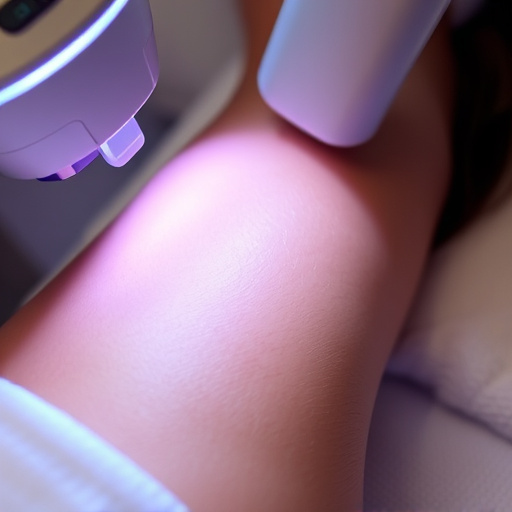
Neck hair growth is natural but can be managed through skincare routines and aesthetic treatments. S…….
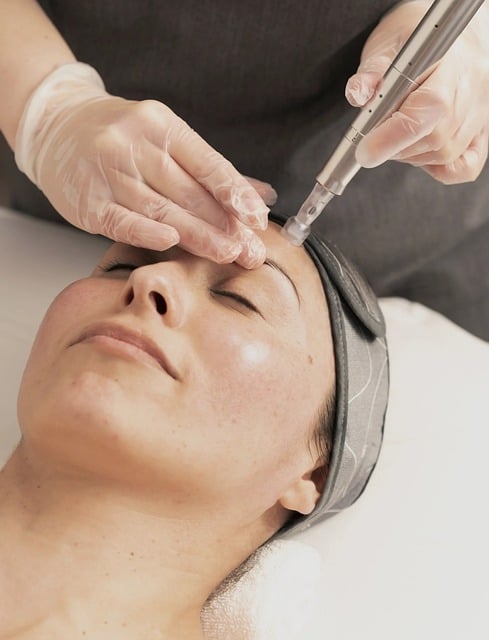
Understanding neck hair growth, driven by androgens and genetics, offers a range of removal options…….

Neck hair growth is natural but can be influenced by hormones and genetics. Traditional shaving is c…….

Understanding post-neck hair removal regrowth involves recognizing fibroblasts and keratinocytes…….
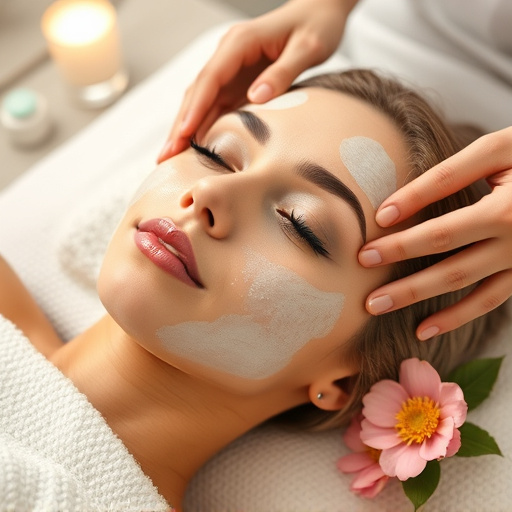
After neck hair removal, avoid harsh products and protect skin from sun. Opt for gentle creams recom…….

Selecting the right neck hair removal technique is key for long-term results, with options ranging f…….

Achieving a hair-free neck offers permanent and temporary solutions. Laser hair removal provides las…….

Understanding the factors causing denser neck hair growth, influenced by hormones, genetics, and lif…….
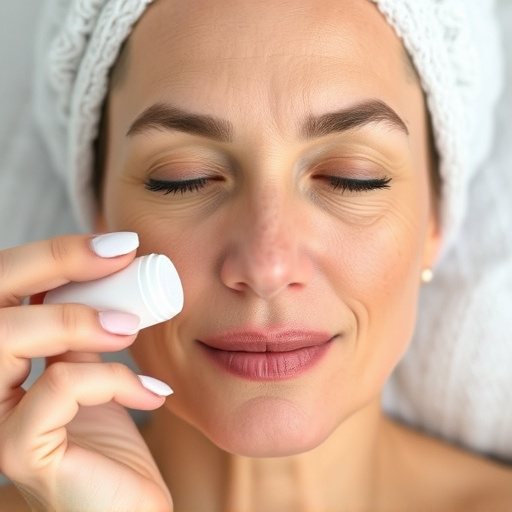
Neck hair growth is natural but many women seek neck hair removal for aesthetics. Hormones and genet…….